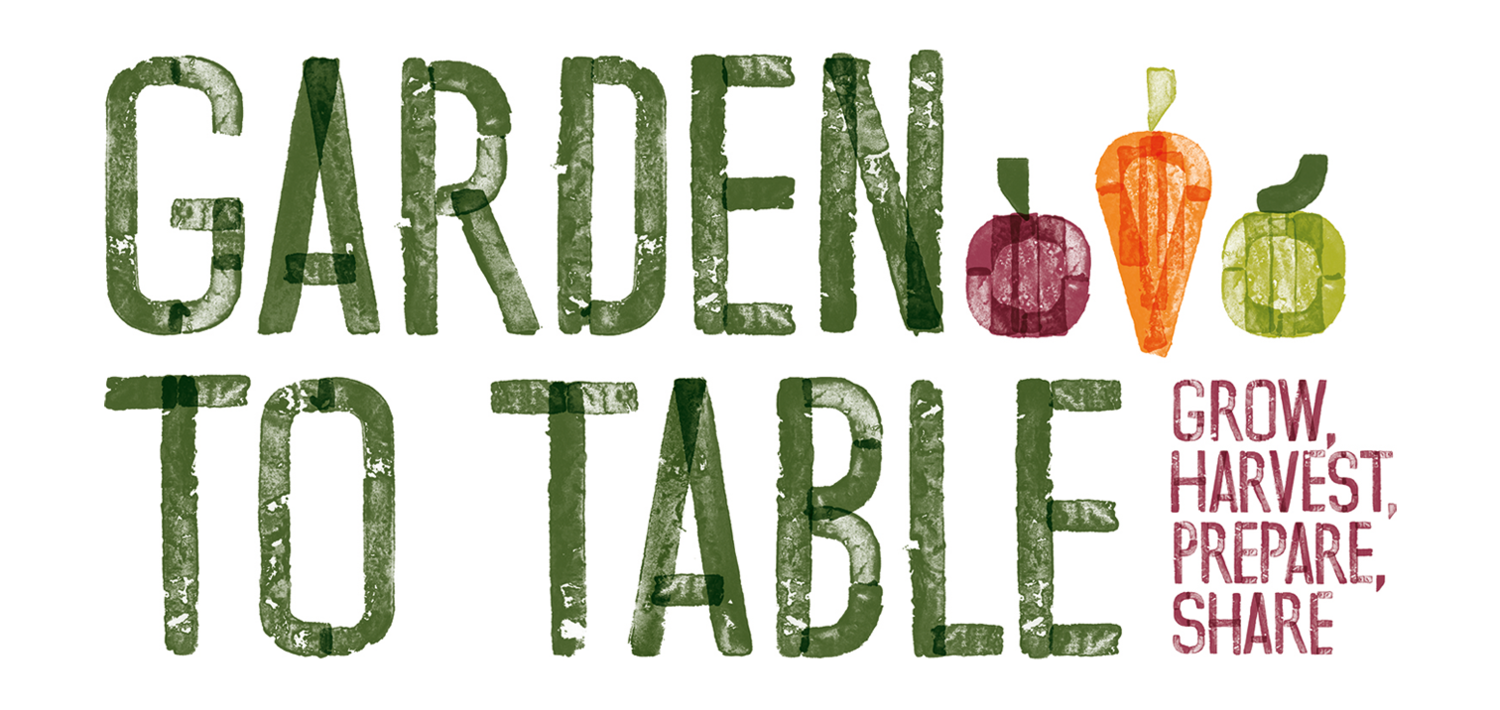
Garden to Table recipes
Here is a small selection of Garden to Table recipes, developed and written specifically with young readers in mind. We include in all our recipes a list of the equipment that will be needed and also extra notes explaining cooking-related terms such as sauté or whisk. Click the button below the image to view and download the full recipe.
We’d love to see your results, so be sure to tag us on Facebook or Instagram if you make any of these at home!
See in the Dark ANZAC biscuits
This recipe is part of a greater resource in the Garden to Table Programme called ‘Dig for Victory’, where students learn all about how food moved around the world in times of war, how citizens were encouraged to garden to help the war effort, the story of ANZAC biscuits and more. The addition of carrot, rosemary and poppy seeds makes this version of the biscuits extra special!
Autumn Harvest Curry
Our Autumn Harvest Curry showcases the best of the season and is perfect for introducing warming spices and new flavours to your cooking.
Greens and Cheese Fritters
This is a classic Garden to Table starter recipe as it’s so versatile, with lots of options for substitutions depending on what is growing in the garden.
Beetroot, Carrot, and Sesame Salad
Fresh raw vegetables abound in this colourful salad and the sesame seeds give just the right amount of crunch!
Herb and Sunflower Seed Pesto
Pesto is a great way to use a surplus of greens in the garden. Use your pesto on toast, crackers or spread on a pizza base. Alternatively, stir through pasta for a change from tomato-based pasta sauces.
Salad of the Imagination
Fresh raw vegetables abound in this delicious salad! Kids love to see what’s growing and make their own creation. Edible flowers are always a hit here if there are some in your garden. Special thanks to Stephanie Alexander Kitchen Garden Foundation for this recipe.
Kawakawa biscuits
Kawakawa lends a slight pepper note to these biscuits. This is an easy year-round recipe with kawakawa being easy to find and forage across the motu. This recipe is shared in both English and te reo Māori so karawhiua - give it a go!







